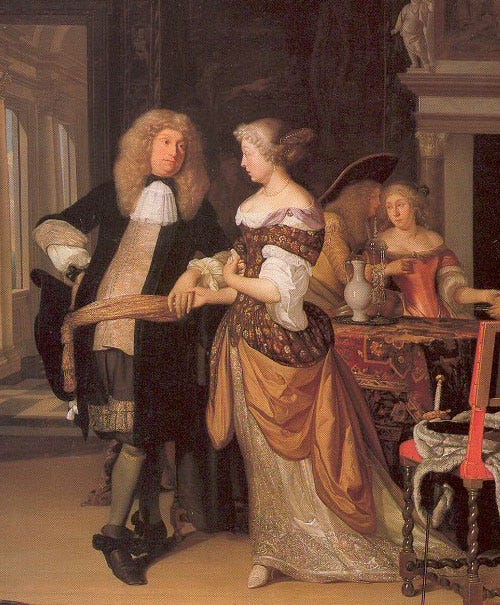From time to time, we post some interesting articles that we've stumbled upon that are related to the world of women's custom suits. Here's an interesting one we found from Fortune Magazine that highlights the tumultuous history of American work wear. With the increasing casualization of the American office, it's informative to look at how we actually got to today's office culture.
Excerpt: Read the entire article here
The modern office wardrobe is the result of centuries of surprising social, political, and technological revolution
By Lydia Dishman
The sound of shoes is unavoidable in a workplace. Whether they’re stilettos ringing a staccato beat on polished concrete floors, or the slap of flip-flops on an industrial carpet, the footsteps of workers are a constant soundtrack to the workday. But the sheer variety of styles causing those sounds speaks volumes to how office attire has evolved since the early days of dedicated workspaces (which, we know, dates as far back as Ancient Rome).

Changes in working attire in the European world really began back in the 1600s. That’s when lawyers, civil servants, and other professionals in London, Amsterdam, and Paris first started working from offices.
Alongside this trend, menswear morphed into a version of the modern suit. Of course, this is a loose approximation of what we know today. In the 17th century, trousers were breeches that reached to the knee, a shirt frosted with lace at the cuffs and throat (the latter to serve as a tie), the vest was a doublet that showed off the shirt, and a cape served to top off the entire ensemble. The overall design allowed for ease of movement regardless of the task at hand, while wealth and position were easily conveyed by fine fabrics and ornamentation.
While highly specific fashion trends dictated the cuts and colors of the suit, the basic elements remained unchanged for centuries. The biggest revolution in workwear coincided with the beginnings of the Industrial Revolution. When the cotton gin went into wider use in the late 1700s, the sheer availability of cloth skyrocketed. And in the 1820s, tailors were beginning to offer menswear that was “ready-made” rather than custom. Other inventions spurred production and availability of patterned and dyed fabric.
or
